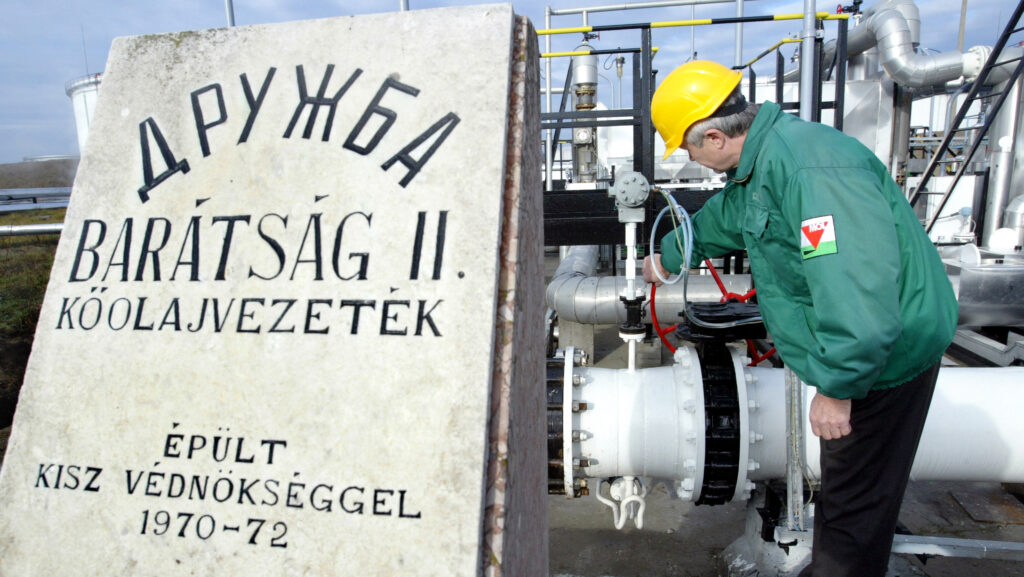Hungary is experiencing near-total employment with over 4.6 million people currently working, State Secretary for Employment Policy at the Ministry of National Economy Sándor Czomba said. Speaking on M1, he emphasized that the government is actively targeting all segments of the inactive population to boost labour participation.
Czomba noted that while the employment rate remains high, the labour market is strained in key sectors. During recent visits to vehicle manufacturing companies, employers cited ongoing shortages of engineers, technicians, and skilled manual workers.
Despite the strong employment figures, Hungary has seen a year-on-year drop of 32,000 in the number of employed persons—primarily in the manufacturing and construction sectors. New jobs created in education and healthcare were not enough to offset these losses.
Demographics pose an even greater long-term challenge. Compared to last year, the working-age population (ages 15–74) has declined by 60,000. Based on current trends, Hungary could lose 30,000 to 40,000 workers annually in the coming years due to ageing and declining birth rates.
‘This is precisely why the government is focusing on supporting families,’ Czomba explained, warning of severe consequences if the trend continues unchecked.
He pointed out that one of the main obstacles in activating the unemployed is simply finding them, as an estimated 50,000 to 70,000 inactive individuals are not registered in any official employment system.
To adapt to the changing job landscape, Czomba emphasized the importance of acquiring new skills through both formal education and adult training programmes. Part-time employment is on the rise in Hungary, not by replacing full-time roles, but by welcoming new entrants to the labour force.
Discussing regional disparities, he stressed that areas like Northern Hungary and the Northern Great Plain still lag behind despite notable progress over the past 15 years. ‘The key achievement is that we’ve managed to bring jobs to regions where the labour force is available,’ he said.
Czomba acknowledged Hungary’s traditionally low labour mobility, noting that many citizens are unwilling or unable to move for work. As a result, the government must bring employment opportunities closer to where people live.
He also highlighted that around 300,000 people in Hungary are still seeking work, and helping them find employment will be a top priority in the coming period.
In a separate interview on Kossuth Radio, Czomba addressed Ukraine’s potential EU accession by 2030. He warned that an influx of Ukrainian workers could displace Hungarian employees rather than fill existing labour gaps. ‘The government’s firm goal is to prioritize Hungarian workers as long as they are available,’ he said, adding that this policy will continue in the future.
Related articles:







